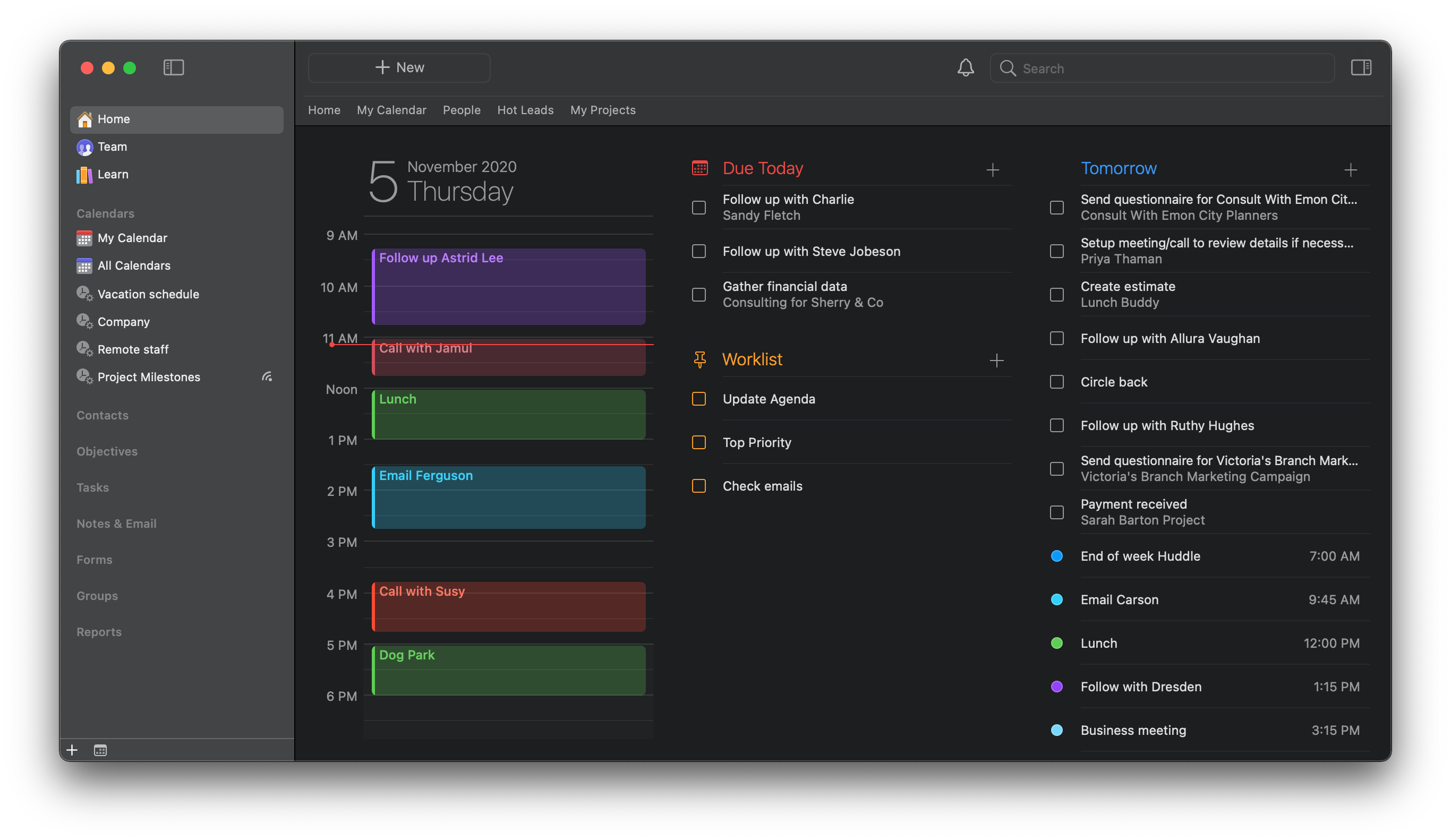With the advent of the M1 Mac, a question that sticks in my mind is, “Is 8GB on an M1 more effective than 8GB on an Intel Mac?”
This question first emerged for me when I was deciding between an 8GB or 16GB M1. I ended up going with 16GB, but mostly driven by memories of my old 8GB Intel Mac and the constant appearance of the rainbow cursor of death until I upgraded to 16GB.
Is that still a valid worry? Is there something magic about unified memory on the M1?
If you also have this question, you might want to check out this Twitter post and, more importantly, the responses that follow.
If I had to boil it down, I’d say, if you’re ordering an M1, 8GB should be plenty, if all you do is “normal” stuff, like email, reasonably small document editing, and web browsing. If you are more of a power user, do some light programming, occasional video rendering, small Logic Pro audio projects, etc., then 16GB might be worth the investment.
And if you do anything with very large data files, such as massive photo editing, large project programming, regular large scaled video editing, you might want to wait until more memory becomes available.
That’s purely my layman’s opinion. But it’s where I’ve landed, at least at this point.
Turning to the linked article, here’s Jason Snell:
The biggest difference is that in the M1, the memory is a part of the M1 architecture itself. There’s no memory slot or slots on the motherboard of an M1 Mac, nor is there an area where a memory chip has been permanently soldered on. Instead, the memory is integrated into the same package that contains the M1 itself.
What this means is that when you buy an M1-based Mac and choose a memory configuration, that’s it. There have been many other Macs with soldered-on memory that couldn’t be upgraded, but this is a little different, since the memory is basically part of the M1 package itself.
And that explains why we’ve only got two choices when it comes to memory: 8GB or 16GB.
The M1 processor’s memory is a single pool that’s accessible by any portion of the processor. If the system needs more memory for graphics, it can allocate that. If it needs more memory for the Neural Engine, likewise. Even better, because all the aspects of the processor can access all of the system memory, there’s no performance hit when the graphics cores need to access something that was previously being accessed by a processor core. On other systems, the data has to be copied from one portion of memory to another—but on the M1, it’s just instantly accessible.
And:
What would cause your Mac to run out of physical memory? If you leave an awful lot of apps open at once, or if your browser has hundreds of tabs open, or if you’re using an app that loads a very large file (like, say, a Photoshop file) into memory. If you’re someone who does this a lot, you probably want more memory…. but then again, if you’re someone who does this a lot, you might not want to buy one an M1 Mac right now. The mid-range and high-end models that will undoubtedly offer more RAM options and more processor power are undoubtedly coming next year.
This seems right on.
That said, I’m living on my M1 MacBook Air with 16GB and I have yet to stress it in any way, doing my regular power user stuff. I’ve never done a single thing to slow it down, even running apps via Rosetta. And, as I’ve said before, the M1 is wicked fast, and the battery life is crazy good.
My experience, as a relatively early adopter of this new technology, has been aces. Zero regrets.

